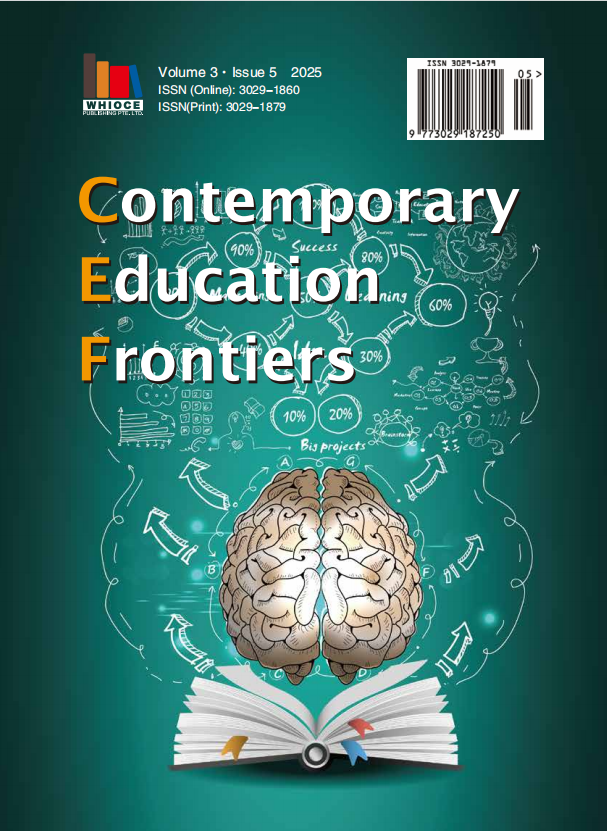Comparative Distribution of Interpersonal Meaning in Official and Fansub Chinese Subtitles: A Case Study of Zootopia
DOI:
https://doi.org/10.18063/cef.v3i5.1201Keywords:
Audiovisual Translation (AVT), Fansubbing; Zootopia, Systemic Functional Linguistics (SFL), Interpersonal Meaning, Corpus Linguistics, Subtitle QualityAbstract
This paper provides a quantitative assessment of interpersonal meaning in both official and fansub Chinese subtitles for the animated film Zootopia. Using Systemic Functional Linguistics on a parallel corpus of six subtitle versions, we measure the density of key interpersonal resources. Paired tests and mixed-effects models reveal a clear stylistic divergence: fansubs contain higher densities of discourse particles (Hedges’g = 0.41), yielding a more oral, affectively engaged tone in humor and conflict scenes; official subtitles exhibit a substantially higher density of rhythm markers (Hedges’g = -0.74), emphasizing formal consistency and syntactic clarity. Modality markers show no significant difference. We argue these patterns reflect distinct production ecologies—professional standardization versus community-driven adaptation—and challenge single, universal notions of subtitle quality. The findings support a scene-sensitive style prototype and present a reproducible, quantitative method for analyzing interpersonal style in audiovisual translation.
References
Díaz-Cintas, J, 2020, Subtitling: The long journey to academic acknowledgement. The Journal of Specialised Translation, 33, 239–250.
Pérez-González L, 2014, Audiovisual translation: Theories, methods and issues. Routledge.
Díaz-Cintas J., & Remael A., 2021, Subtitling: Concepts and practices. Routledge.
Massidda S, 2015, Audiovisual translation in the digital age: The Italian fansubbing phenomenon. Palgrave Macmillan.
Orrego-Carmona D, 2019, A holistic approach to non-professional subtitling from a functional quality perspective. Translation Studies, 12(2), 196–212.
Agulló Garcia B., Orrego-Carmona D., Spiteri Miggiani G., Menezes R., Valdez S., Sokoli S., & Pięta H, 2024, Indirect (pivot) audiovisual translation: a conversation with and among B. Agulló Garcia, D. Orrego-Carmona and G. Spiteri Miggiani. Perspectives: Studies in Translation Theory and Practice, 32(5), 849–866.
Caffrey C, 2009, Relevant abuse? Investigating the effects of abusive subtitling. Die Vierte Wand, 3, 24–33.
Yuan H, 2021, A Study of Fansubbing Translation of English Films and TV Series in China since 2000: Its Audience Satisfaction, Genre and Style. University of Portsmouth.
Halliday M A K., & Matthiessen C M I M., 2014, Halliday’s introduction to functional grammar (4th ed.). Routledge.
Gottlieb H, 1992, Subtitling: A new university discipline. In C. Dollerup & A. Loddegaard (Eds.), Teaching translation and interpreting: Training, talent and experience (pp. 161–170). John Benjamins.
Jing Y., & White P R R., 2016, Why Audiovisual Translators Downplay the Interpersonal: The Case of “Interjections” in English-to-Chinese Movie Subtitling. The Journal of Translation Studies, 17(4), 107–142.

